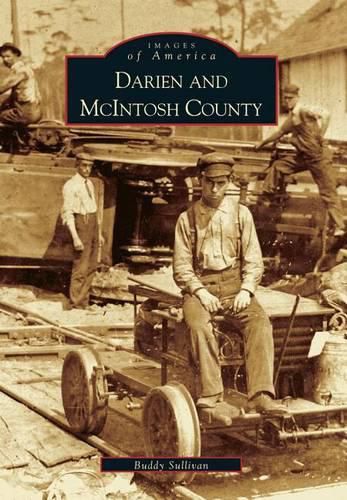Readings Newsletter
Become a Readings Member to make your shopping experience even easier.
Sign in or sign up for free!
You’re not far away from qualifying for FREE standard shipping within Australia
You’ve qualified for FREE standard shipping within Australia
The cart is loading…






From 1870 to 1920, McIntosh County, Georgia, was one of the most energetic communities on the southern coast. Its county seat, Darien, never had a population of more than 2,000 residents; yet, little Darien was, for a considerable time, the leading exporter of yellow pitch pine timber on the
Atlantic Coast. Burned to ashes during the Civil War, Darien
rose up and, with its timber booms and sawmills, took its place among the leading towns of the New South of the late nineteenth century. In this unique photographic retrospective of Darien and McIntosh County, over 200 images evoke generations past of dynamic, hard-working people. Pictured within these pages are timber barons, sawmill workers, railroad builders, and shrimp fishermen. They are depicted among views of the buildings and structures associated with an era that was the most active in the recorded history of the community, which dates back to the earliest days of the Georgia colony in 1736.
$9.00 standard shipping within Australia
FREE standard shipping within Australia for orders over $100.00
Express & International shipping calculated at checkout
From 1870 to 1920, McIntosh County, Georgia, was one of the most energetic communities on the southern coast. Its county seat, Darien, never had a population of more than 2,000 residents; yet, little Darien was, for a considerable time, the leading exporter of yellow pitch pine timber on the
Atlantic Coast. Burned to ashes during the Civil War, Darien
rose up and, with its timber booms and sawmills, took its place among the leading towns of the New South of the late nineteenth century. In this unique photographic retrospective of Darien and McIntosh County, over 200 images evoke generations past of dynamic, hard-working people. Pictured within these pages are timber barons, sawmill workers, railroad builders, and shrimp fishermen. They are depicted among views of the buildings and structures associated with an era that was the most active in the recorded history of the community, which dates back to the earliest days of the Georgia colony in 1736.